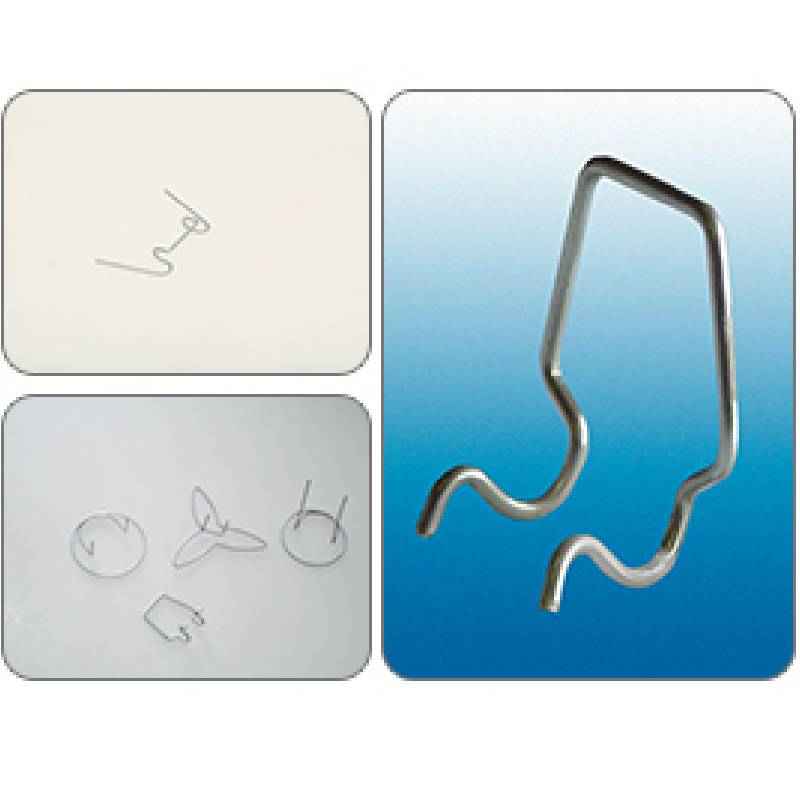
- Mobile Phone
- +8613931874955
- sales@cntcmetal.com
Stylish Metal Garden Plant Stakes for Enhancing Your Outdoor Space and Supporting Plants
Enhancing Your Garden with Metal Plant Stakes
Gardening is an art that combines creativity, patience, and a good understanding of plants and their requirements. Among the multitude of gardening supplies available, metal plant stakes serve as an often-overlooked yet essential tool for both novice and experienced gardeners. Not only do they offer structural support to plants, but they also enhance the aesthetics of any garden space. This article explores the various benefits, types, and uses of metal garden plant stakes.
The Importance of Support in Gardening
Plants, especially those that bear flowers or fruits, can suffer from their own weight, leading to bending, breaking, or even uprooting. This is where plant stakes come into play. Metal stakes, crafted from materials such as galvanized steel or aluminum, provide sturdy and durable support for a variety of plant types, including tomatoes, sunflowers, and perennials. By preventing plants from flopping over, stakes help ensure that they receive adequate sunlight and air circulation, which are vital for healthy growth.
Types of Metal Plant Stakes
Metal plant stakes come in various shapes, sizes, and designs, catering to the diverse needs of different plants and garden styles
.1. Straight Stakes These are the most common type of metal stakes, available in various lengths. They can be inserted directly into the soil adjacent to a plant and tied with twine or plant ties for support.
2. Decorative Stakes Beyond functionality, many gardeners appreciate the aesthetic appeal of their equipment. Decorative metal stakes often come with intricate designs that can add a touch of artistic flair to the garden. These can serve not only as support but also as a visual focal point.
3. Plant Cages A more elaborate support system, plant cages made from metal offer a cylindrical structure that encases the plant, providing comprehensive support from all angles. Cages are particularly beneficial for sprawling or climbing plants, such as peas or cucumbers.
metal garden plant stakes

4. U-Shaped Stakes These stakes feature a U-shape at the top that can cradle and support the plant, making them suitable for bushy plants or those with multiple stems. The design offers a balance between stability and flexibility as the plant grows.
Choosing the Right Stake
When selecting metal stakes for your gardening needs, consider factors such as the type of plants you are growing, the weight of their foliage, and the local weather conditions. For instance, taller plants may require longer, sturdier stakes to withstand wind. Additionally, when using decorative stakes, ensure they are made from rust-resistant materials to maintain their appearance over time.
Installation and Maintenance
Using metal stakes is straightforward. Insert the stake into the ground beside the plant, taking care not to damage the root system. Secure the plant to the stake with soft ties that won’t damage the stem. Regularly check the stakes for stability, especially after heavy rain or wind.
Maintenance is relatively minimal; however, cleaning the stakes periodically can prevent rust, especially if they have been painted.
Conclusion
Metal garden plant stakes are a practical and aesthetically pleasing addition to any garden. They provide necessary support, help maintain the health and growth of plants, and can enhance the visual appeal of your outdoor space. By understanding the different types and careful selection, gardeners can ensure that their plants thrive while enjoying the beauty of a well-organized garden. So, the next time you’re planning your garden layout, don’t overlook the role of metal plant stakes in creating a thriving and attractive environment.
share:
-
Your Source for Concrete Wall Ties and Masonry AccessoriesNewsJul.10,2025
-
Unlocking the Power of Iron Wire for Every ProjectNewsJul.10,2025
-
Explore Advanced Chain Wire and Stainless Steel Mesh FencingNewsJul.10,2025
-
Discover the Benefits of Annealed Wire ProductsNewsJul.10,2025
-
Discover China Stainless Steel Wire Mesh SolutionsNewsJul.10,2025
-
Build with Confidence Using High-Performance Masonry AccessoriesNewsJul.10,2025
-
Why Sacrificial Formwork Is Redefining Underground ConstructionNewsJun.06,2025



















